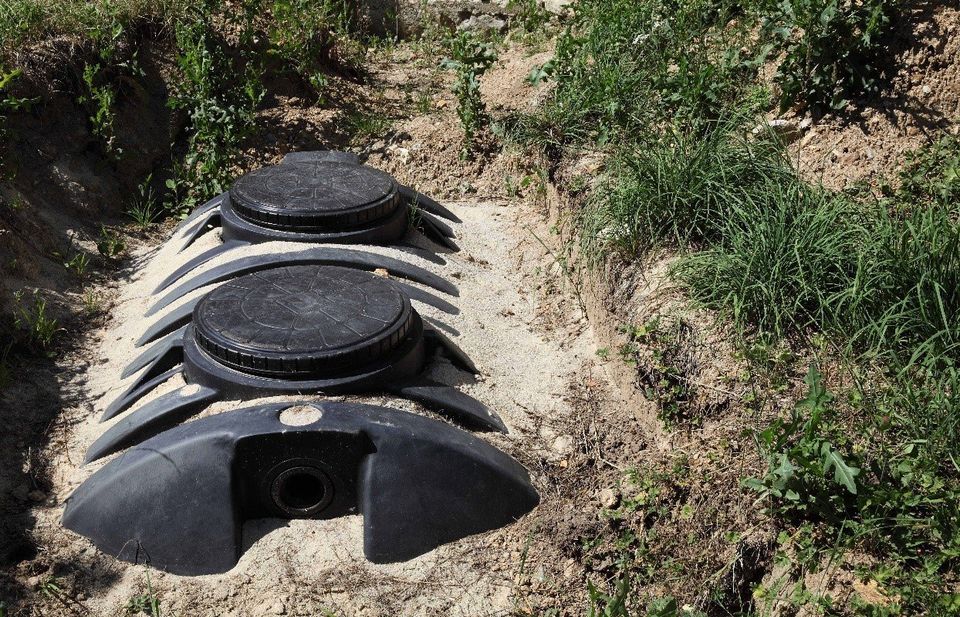4 Myths Regarding Septic Tanks
Septic tanks are used throughout America for homes that do not have access to the public sewer line. Many homeowners shy away from buying a home with a septic system because these features are often misunderstood. If you want to better care for your system, check out these four common myths.
1. Myth: They Need Seeding to Start Working
One common myth is that a new septic tank needs to have bacteria added to it to get the ball rolling. This myth is grounded in partial truth because septic tanks do work thanks to bacteria. Bacteria naturally helps dissolve the solid waste, turning it into effluent, which can be released via the drain field.
Therefore, you do need bacteria in the tank for it to work. However, bacteria is constantly added each time you flush the toilet. The natural bacteria from your waste becomes the bacteria that makes your septic system effective, so getting the system started is as simple as going to the bathroom.
2. Myth: Every Full Tank Needs To Be Pumped
If you look in your septic tank, it probably looks full because the liquid level stays constant. However, this does not mean the system needs to be pumped. Instead of looking at the amount of liquid waste, you need to consider the amount of septic scum and septic sludge.
Scum is what floats to the top of the liquid, and sludge falls to the bottom. Sludge, in particular, is what requires manual removal with a pump. Therefore, if you do not have much sludge in the tank, you do not need to worry about emptying it. The liquid will be released via the drain field, so it does not need manual removal.
3. Myth: Additives Are Necessary
Many products claim they are necessary for keeping your septic system (particularly older systems) well maintained. These additives are supposed to help break down waste and come in biological and chemical forms. Biological additives include yeast and enzymes, but they do not really add any value to your system. They typically will not damage the system, but buying them is often a waste of time and money.
Chemical additives may include organic or inorganic products. They are usually designed to help break down the sludge layer that eventually fills the tank and include products like household drain cleaners. Chemical additives can harm your system in several ways.
First, they can affect the pH of the tank, and if the pH level changes enough, the necessary bacteria in the tank can die. If the product does work to dissolve the sludge, the sludge may seep into groundwater. Finally, some chemical additives can even damage the drain field and make it less effective.
4. Myth: Prevention Costs More Than Repairs
As long as you are not flushing non-biodegradable items down the toilet or using a ton of chemicals, a septic tank does not require much maintenance other than regular cleaning as necessary. However, many homeowners assume the cost of maintaining a system is more than the repairs that will be necessary if the system is not properly maintained.
The cost of emptying a septic tank is only about $290 to $350 in general. If the system cannot be repaired, and you have to replace it, expect to pay $4000 to $6000 for the new septic tank itself, plus another $4000–$12,000 for piping and the drain field.
Septic systems are an effective and affordable way to dispose of your household waste, but you need to keep them well-maintained. If you would like to know more about septic tanks and services, contact usat Southern Sanitary Systems Inc today.








